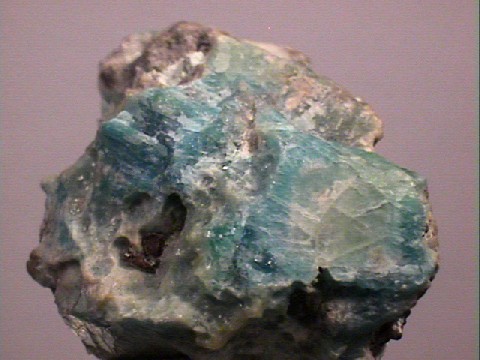 THE MINERAL LEADHILLITE
THE MINERAL LEADHILLITE
- Chemistry: Pb4SO4(CO3)2(OH)2 , Lead Sulfate Carbonate Hydroxide.
- Class: Carbonates
- Uses: Only as mineral specimens.
Specimens
Leadhillite is an attractive, brightly lustered and sometimes colorful mineral
that is often associated with other rare and beautiful oxidation minerals.
Its list of associated minerals reads like a collectors wishlist.
Leadhillite is named after its aptly named type locality of
PHYSICAL CHARACTERISTICS:
- Color is colorless, white, sky blue, pale sea green, yellow and gray. Color usually fades toward the center of the crystals.
- Luster is resinous to adamantine. Cleavage surfaces are pearly.
- Transparency: Crystals are transparent to translucent.
- Crystal System is monoclinic; 2/m.
- Crystal Habits include prismatic and tabular or platy crystals; also massive and granular. Pseudohexagonal and pseudorhombohedral twinned crystals are most common and Artini Law twins produce contact twinning. Larger crystals may have a concave basal face. Pseudomorphs after susannite are also seen. Leadhillite is also pseudomorphed by cerussite at times.
- Cleavage is perfect in one direction (basal) and poor in another.
- Fracture is conchoidal.
- Hardness is 2.5 - 3
- Specific Gravity is 6.3 - 6.6 (very heavy for a translucent mineral)
- Streak is white.
- Other Characteristics Some specimens are
fluorescent orange. - Associated Minerals include malachite, silver, willemite, susannite, wulfenite, dioptase, chalcocite, galena, caledonite, anglesite, linarite and cerussite.
- Notable Occurrences include the type locality at
Leadhills, Lanarkshire , Strathclyde and at other localities in Scotland and at the Campbell Mine, Cochise County; the Grand Reef Mine, Graham County; the Rowley Mine, Maricopa County and the Mammoth-Anthony Mine, Tiger, Pinal County, Arizona; several mines such as the Cerro Gordo Mine in Inyo County and the Blue Bell Mine, San Diego County, California; Coeur D'Alene Mining District, Idaho and Granby, Missouri, USA;Langesundsfjord , Norway andTsumeb , Namibia. - Best Field Indicators: Crystal habit, color, luster, environment of formation, density and an almost micaceous cleavage.


